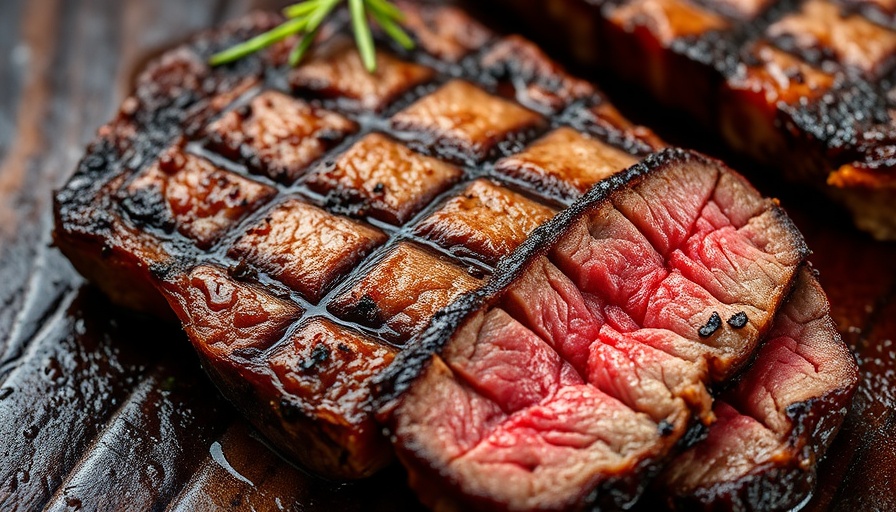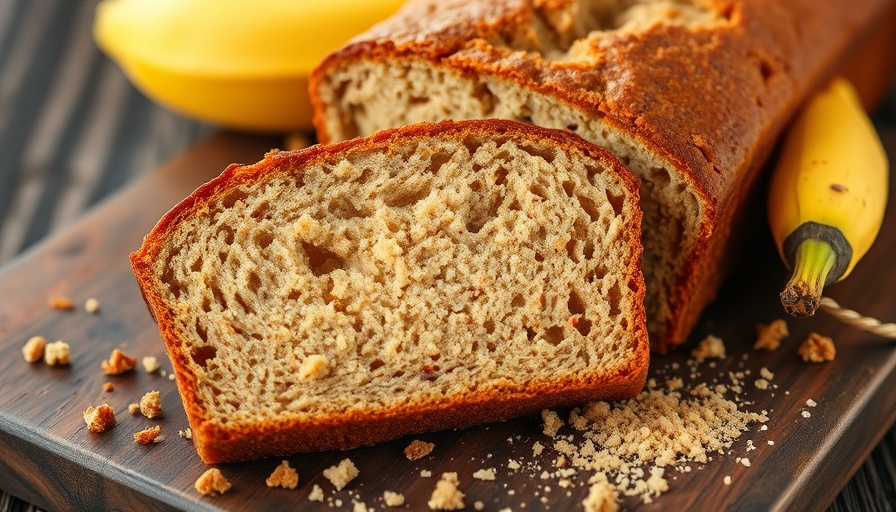
Mastering the Art of Cooking Ribeye Steak
For BBQ lovers everywhere, the ribeye steak is the holy grail of grilling. Known for its rich marbling and intense flavor, it’s a cut that deserves both respect and appreciation. But how do you ensure that your ribeye turns out perfectly every single time? Fear not, grill enthusiasts! In this guide, we’ll delve deep into methods for choosing, preparing, and cooking ribeye steak like a pro.
Choosing the Perfect Ribeye Steak
As any seasoned pitmaster will tell you, not all ribeyes are created equal. The key to a stellar ribeye lies in understanding the grading system that ensures quality meat. USDA grades—an assessment of the meat's marbling and general quality—provide a roadmap to your ribeye success.
USDA Select beef offers less marbling, which often translates to a less flavorful experience. In contrast, Choice beef, with its moderate marbling, enhances taste and tenderness, making it an excellent option. However, Prime beef, characterized by abundant marbling, is the crème de la crème for steak aficionados willing to splurge a bit.
Additionally, keep an eye out for specific breeds, such as Snake River Farms wagyu or Certified Angus Beef, known for their luxury cuts and exceptional flavor profiles.
Identifying the Ribeye Cut
Not just any ribeye steak will do. When selecting your cut, look for the ribeye cap, known as spinalis. This tender section located around the rib bones offers a flavor that can elevate your entire meal. Ideally, you’ll want to select ribeyes that have a generous spinalis for the ultimate taste experience.
Cooking Techniques for Ribeye Perfection
Before you even think about grilling, it’s crucial to consider the thickness of your steak. A one-inch thick ribeye is ideal for a quick grilling session, typically taking only 10-15 minutes over direct heat, depending on your desired doneness. However, if you’re working with thicker cuts, employing the reverse sear method can ensure an even cook throughout.
Here’s how it works:
- Slow Cook: Start by cooking the steak over low heat until it reaches an internal temperature of about 110°F.
- Sear: Once at temperature, transfer to high heat to create that perfect crust. Aim for a sear of about 1-2 minutes on each side.
- Rest: Allow your steak to rest for at least 5-10 minutes post-cooking. This step is key to retaining the juices.
Serving Suggestions to Delight Your Guests
A perfectly cooked ribeye deserves to be complemented with the right sides. Consider pairing it with grilled vegetables, a hearty baked potato, or even a fresh salad tossed with vinaigrette. For a touch of indulgence, top your ribeye with a dollop of garlic butter or sautéed mushrooms to elevate flavors.
Handling Leftovers Like a Pro
If you happen to have leftover ribeye (a rare occurrence!), it’s essential to store it properly. Wrap it tightly in plastic wrap or foil and refrigerate for up to 3-4 days. When reheating, do so gently to prevent drying out the meat.
Frequently Asked Questions About Ribeye Steak
One question that often arises is about the best way to achieve your desired doneness. For those who want an easy guide:
- Rare: 120°F - 125°F
- Medium Rare: 130°F - 135°F
- Medium: 140°F - 145°F
- Medium Well: 150°F - 155°F
- Well Done: 160°F and above
Another question is how to enhance flavor before cooking. Simple marinades or rubs can make a tremendous difference; consider a blend of olive oil, garlic, and rosemary for a delightful seasoning.
Final Thoughts on Your Ribeye Experience
Now that you’re armed with knowledge about selecting, cooking, and serving ribeye steak, you’re ready to tackle any grill night with confidence! Whether it’s a family gathering or a casual dinner, the ribeye can be the star of the show.
So what are you waiting for? Fire up that grill and show your friends and family what true ribeye perfection looks like. With the insights shared here, you’re well on your way to becoming a BBQ master!
 Add Row
Add Row  Add
Add 



Write A Comment